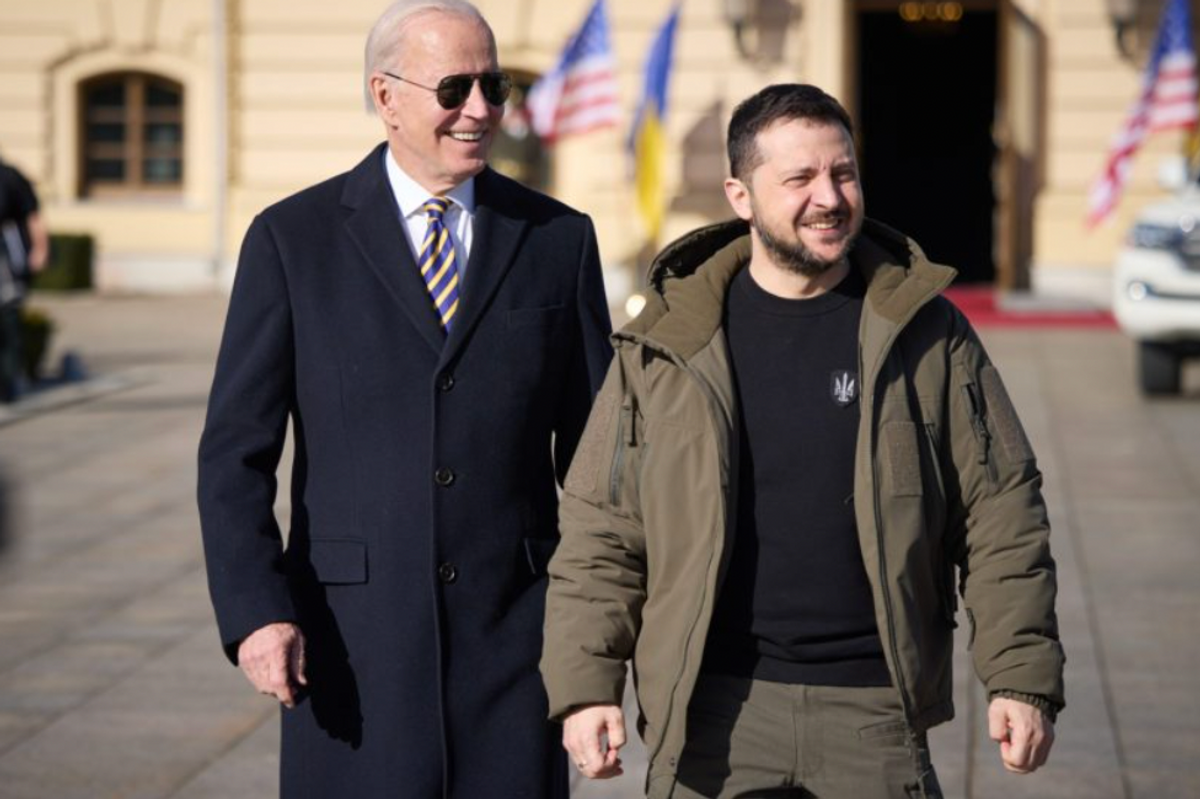The United States is not the only country to have experienced a national reckoning following a mass shooting. Australia, Scotland, Finland and other countries provide important lessons in how to react to a gun-related massacre.
Some argue the U.S. is unique in its historical, legal and cultural association with guns. And one criminologist even posits that America’s “culture of individualism” puts it at a greater risk of mass shootings. But don’t we owe it to the child victims of Sandy Hook and the countless other innocent victims of gun violence to examine every possible solution and take action to make this a safer society for all its citizens?
AUSTRALIA
Event: In 1996, a gunman killed 35 people and wounded 21 more at the seaside tourist town of Port Arthur, Tasmania in the worst mass murder in Australian history. The 28-year-old killer, Martin Bryant, used a Colt AR-15 semi-automatic rifle and a military-grade L1A1 self-loading rifle that he bought from a dealer without a required gun license.
Reaction: Only 12 days later, the newly elected conservative prime minister John Howard announced the government would enact sweeping gun-control laws. The laws received bipartisan support from political leaders and surveys showed up to 90 percent of an outraged public supported gun control following the massacre. The policies included a gun buyback program, a 28-day waiting period for gun purchases, a ban on semi-automatic and automatic rifles and shotguns, ending private sales, requirements that firearms be individually registered to the owner and that gun owners present a genuine reason (not including self-defense) for purchasing a gun.
Result: The mandatory gun buyback program resulted in the removal and destruction of more than 700,000 firearms within two years (the equivalent of 40 million U.S. guns). The gun homicide rate fell by 59 percent and the gun suicide rate fell by 65 percent in the decade after the laws were passed. Also, gun-related robberies dropped and there was no increase in home invasions. Sixteen years later, Australia’s gun homicide rate is 30 times lower than the U.S. and there have been no more massacres.
SCOTLAND
Event: In 1996, the same year of the Australian mass shooting, 43-year-old Thomas Hamilton shot and killed 16 children and their teacher and seriously wounded two other teachers before killing himself at an elementary school in Dunblane, Scotland. He used four legally purchased handguns — two 9 mm Browning HP pistols and two Smith & Wesson M19 .357 Magnum revolvers with full-metal jacket and hollow-point ammunition. Scottish tennis star Andy Murray was present at the school when the mass shooting occurred and took cover in a classroom.
Reaction: Following the shooting, a petition (known as the Snowdrop Campaign) was started by the families of the victims, which called for a ban on the private ownership of handguns in the U.K. The petition gained over 750,000 signatures in six weeks. Conservative prime minister John Major set up a public inquiry called the Cullen Report, resulting in U.K. lawmakers passing some of the toughest gun laws in the world by outlawing private ownership of all handguns.
Result: While initially the new laws didn’t appear to have a significant effect, today the U.K. has one of the lowest rates of gun homicide in the world at 0.07 per 100,000 people, which is 40 times lower than the U.S. Gun crimes have fallen steadily, dropping by nearly half since 2005. Last year, Scotland had 88 murders, 11 less than the previous year, and only five involved a gun. Criminologist and member of Britain’s Gun Control Network Peter Squires said “the murder rate has fallen and all the indicators are moving in the right direction.”
OTHER COUNTRIES:
Finland: The Scandinavian nation has one of the highest rates of gun ownership in the world, with 1.5 million registered guns in a population of more than five million, and 45 guns for every 100 people. Two mass shootings in 2007 and 2008 resulted in stricter gun control laws – the minimum age for gun ownership was raised, gun permits are reviewed every five years and new gun license applicants must show they are active members of a gun club for one year and be checked by a doctor and police.
Norway: In 2011 Anders Behring Breivik shot 69 people to death. Norway has very strict gun control laws, but a report following the massacre criticized Norway’s gun laws as “inadequate” and called for a ban on semi-automatic assault rifles like the ones used by Breivik to kill so many people in such a short amount of time.
Germany: The Winnenden school shooting in 2009 resulted in 16 deaths and 11 injuries. The perpetrator was 17-year-old Tim Kretschmer, who killed himself. Following the incident, the German government passed laws approving a nationwide electronic weapons registry, increasing the age limit to own certain types of guns, and random inspections of gun-owners’ homes. The National Weapon Registry (NWR) will take effect in 2013.
Canada: The École Polytechnique Massacre, or Montreal Massacre, occurred in 1989, when 25-year-old Marc Lépine killed 15 and injured 14 people using a legally obtained Mini-14 rifle. The shooting resulted in the Firearms Act of 1995, which included stricter screening of gun applicants, tougher training requirements, stricter gun and ammunition storage rules, and the registration of all firearms.
AP Photo/The Connecticut Post, Christian Abraham



